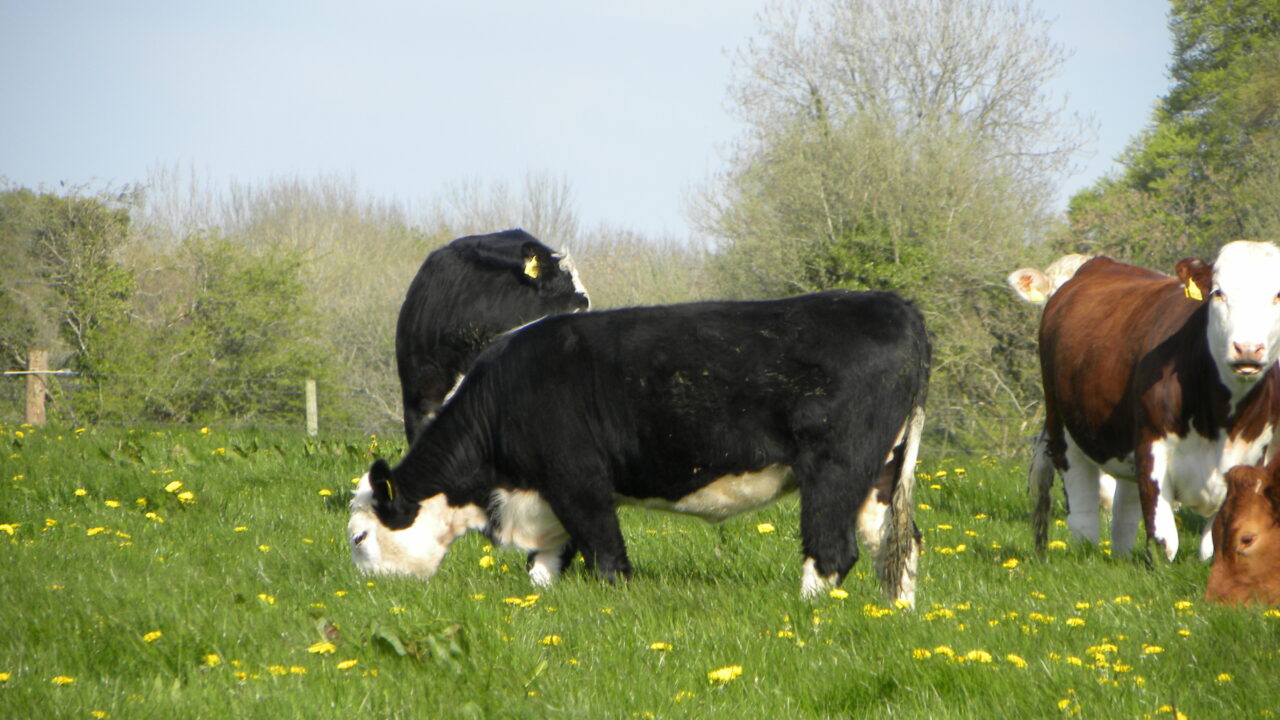Teagasc research may soon lead to a grazing landscape without fences for cattle, Teagasc’s Head of Research Dr Frank O’Mara told delegates attending the ‘Sunday Business Post: Future of Food Summit’.
“It is now possible to fit transponders around the neck of ruminant animals which will allow farmers to remotely control exactly where their stock are grazing. In essence, if animals move out of the specific grazing area allocated to them, they will receive a jag, produced by an electronic pulse. The same principle is already in use from a pet control perspective.”
He said that very little development work had been undertaken to adapt a host of new technologies to meet the needs of dairy, beef and sheep farmers.
“Most of the work carried out in this regard has had a clear focus on improving crop management and associated husbandry.
“The most obvious example of this is the implementation of GPS technology to improve harvesting, crop establishment and fertiliser application systems. But the reality of farming in Ireland is the fact that 90 per cent of land area is dedicated to grass-based production.”
Current Teagasc research includes designs to allow grassland farmers make more use of ICT and satellite related technologies.
“Over recent years we have developed systems which allow farmers to accurately measure grass availability using plate meters. This information can then be uploaded onto an accompanying smart phone app, via a satellite link. Software available in the phone will then provide real time information on specific grass covers at a comprehensive range locations across the farm. Moreover, the farmer can also be advised on the grazing regime to be followed by his stock over the coming days.
“However, all of this is about to be surpassed with next year’s launch of a new service, providing daily information on grass growth levels and covers on a townland basis across Ireland. This satellite-driven initiative will be specific to the Teagasc web site.”
